Sublime pair of carved oak panels, featuring two distinct representations of one of the first apostles of Christ, Saint James the Greater.
The first panel reveals a pilgrim apostle, under a huge carved scallop shell, like a halo, a majestic old man, bearded, dressed in a long coat and a pilgrim's coat decorated with scallops (the most recurrent attribute since the 12th century, which represents the accomplishment of the pilgrimage and rewards the arrival in Compostela), his eyes full of faith, turned to the right, holding in his right hand his hat with raised brim and in his left hand his pilgrim's staff.
Under his feet, we have the sun struck in the heart of the coat of arms of Catalonia, sublimating an exceptional frieze of oak leaves and flowers symbolising generous strength, resistance, solidity and invincibility.
In Ancient Greece, it was also the symbol of Freedom and Honour. Its oak leaves and branches were used to crown the winning athletes in sporting events.
The second panel shows an evangelizing apostle, also as a majestic old man, bearded, wearing a long cloak and a pilgrim's robe, his eyes full of faith turned to the left, with his pilgrim's staff in his right hand and the book of the good news in his left hand. Underneath his feet is the sun struck in the heart of the coat of arms of Catalonia, sublimating an exceptional frieze of oak leaves and flowers, bringing solidity, invincibility and honours.
Period: 17th Century
Dimensions : Height : 122cm x Width : 12cm
These two magnificent representations of Saint James are a beautiful tribute to the Treaty of the Pyrenees, signed on November 7, 1659 between the Kings of France Louis XIV and Spain Philippe IV, which attached Roussillon to France.
Since the 12th century, a multitude of pilgrims have taken the Catalan roads to Santiago. One of the most famous of them was Saint Francis of Assisi who stopped in Perpignan in 1211 and 1215, on his way to and from Santiago de Compostela.
On this occasion, he created the Franciscan monastery to welcome pilgrims.
Nowadays, the "Catalan Way", established as the Way to Santiago, originates in Montpellier, Béziers and Narbonne. It reaches Spain at the Panissars Pass and continues into southern Catalonia.
Sublime pareja de paneles de roble tallados, con dos representaciones distintas de uno de los primeros apóstoles de Cristo, Santiago el Mayor.
El primer panel muestra a un apóstol peregrino, bajo una enorme concha de vieira tallada, a modo de aureola, un anciano majestuoso, con barba, vestido con una larga capa y un manto de peregrino decorado con vieiras (el atributo más recurrente desde el siglo XII, que representa la realización de la peregrinación y premia la llegada a Compostela), con los ojos llenos de fe, girado hacia la derecha, sosteniendo en su mano derecha su sombrero de ala levantada y en la izquierda su bastón de peregrino
Bajo sus pies, tenemos el sol clavado en el corazón del escudo de Cataluña, sublimando un excepcional friso de hojas de roble y flores que simbolizan la fuerza generosa, la resistencia, la solidez y la invencibilidad.
En la antigua Grecia, también era el símbolo de la libertad y el honor. Sus hojas y ramas de roble se utilizaban para coronar a los atletas vencedores en las pruebas deportivas.
El segundo panel muestra a un apóstol evangelizador, también como un anciano majestuoso, con barba, vestido con un largo manto y una túnica de peregrino, los ojos llenos de fe dirigidos hacia la izquierda, con su bastón de peregrino en la mano derecha y el libro de la buena nueva en la izquierda. Bajo sus pies se encuentra el sol clavado en el corazón del escudo de Cataluña, sublimando un excepcional friso de hojas de roble y flores, aportando solidez, invencibilidad y honores
Período: siglo XVII
Dimensiones : Altura : 122cm x Anchura : 12cm
Estas dos magníficas representaciones de Santiago son un bello homenaje al Tratado de los Pirineos, firmado el 7 de noviembre de 1659 entre los reyes de Francia Luis XIV y de España Felipe IV, que unía el Rosellón a Francia.
Desde el siglo XII, multitud de peregrinos han tomado los caminos catalanes hacia Santiago. Uno de los más famosos fue San Francisco de Asís, que se detuvo en Perpiñán en 1211 y 1215, en su camino hacia y desde Santiago de Compostela
En esta ocasión, creó el monasterio franciscano para acoger a los peregrinos
Actualmente, el "Camino Catalán", establecido como Camino de Santiago, tiene su origen en Montpellier, Béziers y Narbona. Llega a España por el puerto de Panissars y continúa por el sur de Cataluña.
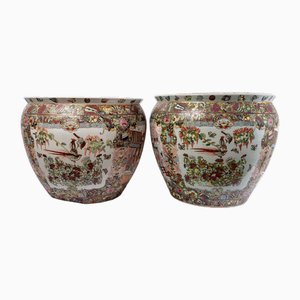




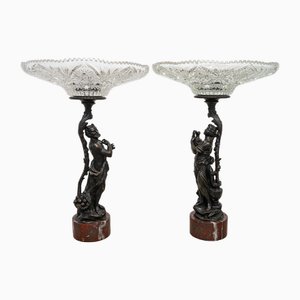
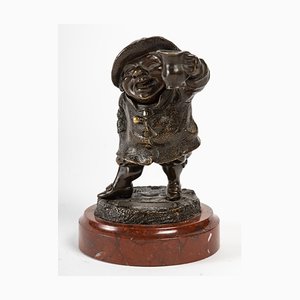
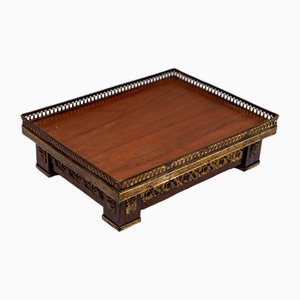
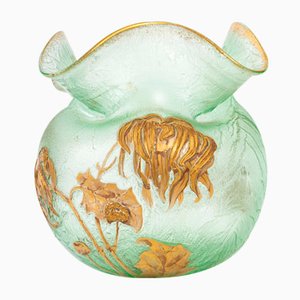
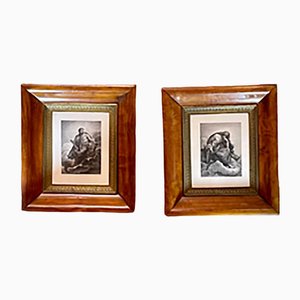

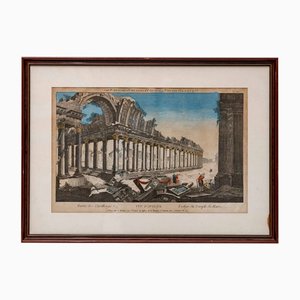

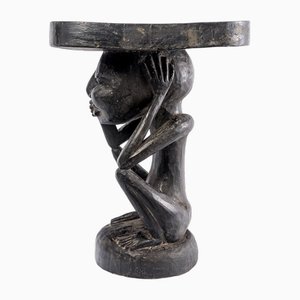



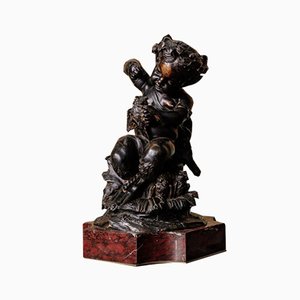
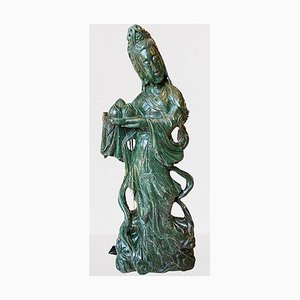
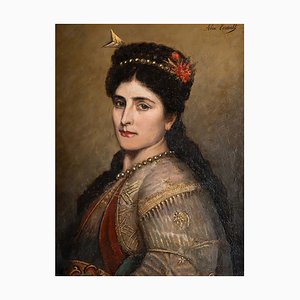
Contacta con nosotros
Haz una oferta
¡Hemos notado que eres nuevo en Pamono!
Por favor, acepta los Términos y condiciones y nuestra Política de privacidad
Contacta con nosotros
Haz una oferta
¡Ya casi está!
Para seguir la conversación en la plataforma, por favor completa el registro. Para proceder con tu oferta en la plataforma, por favor completa el registro.Exitoso
Gracias por tu consulta, alguien de nuestro equipo se pondrá en contacto contigo en breve.
Si eres profesional del diseño, por favor solicita aquí los beneficios del Programa comercial de Pamono